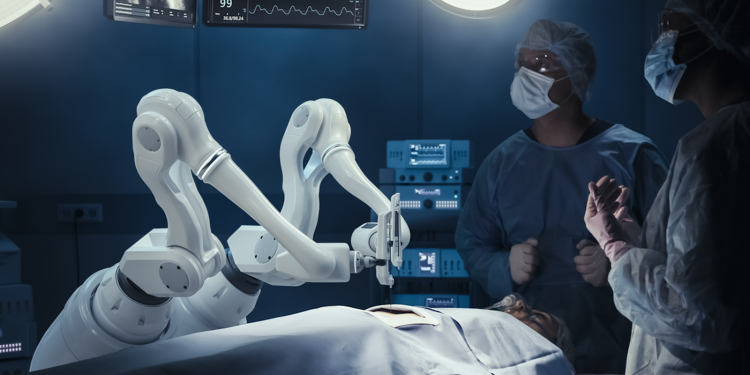As technology advances in cardiac surgery, minimally invasive techniques are becoming increasingly preferred. One of the most significant innovations in this field is robotic surgery, which allows surgeons to perform procedures with greater precision and success. Prof. Dr. Serkan Durdu, a member of the International Society for Minimally Invasive Cardiothoracic Surgery, highlighted the benefits of robotic surgery, stating, “Compared to traditional open-heart surgeries, robot-assisted procedures result in less trauma for patients and significantly accelerate recovery times.”
A more comfortable surgical experience with minimally ınvasive techniques
Robotic surgery enhances a surgeon’s ability to perform delicate procedures, particularly in heart valve surgeries. Advanced systems such as the Da Vinci Robotic Surgical System enable operations to be carried out through small incisions, reducing postoperative pain and allowing patients to return to their normal lives more quickly. Prof. Dr. Durdu emphasized, “These systems not only improve the dexterity of surgeons but also ensure a more comfortable recovery process for patients.”
Robotic-assisted methods in minimally invasive surgery help reduce postoperative pain, lower the risk of infection, and shorten hospital stays. When combined with advanced techniques such as partial upper sternotomy, patients experience significantly faster recovery and return to daily life much sooner.
High success rates in robotic surgery
Studies evaluating the effectiveness of robotic surgery have demonstrated 97-98% success rates in procedures such as mitral valve repair and replacement. Prof. Dr. Durdu outlined the advantages of this technique:
“This approach accelerates patient recovery while enabling surgeons to operate with higher precision. With a lower complication risk compared to traditional methods, robotic surgery has rapidly gained popularity worldwide.”
With robot-assisted cardiac surgery, patients are discharged in a shorter time frame and regain mobility much faster. The long recovery periods and mobility restrictions associated with traditional open-heart surgeries are largely eliminated with this advanced technique.
The future of surgery: robotic and transcatheter methods
The applications of robotic systems in cardiac surgery continue to expand. Prof. Dr. Durdu predicts that robotic surgery will soon become a standard procedure, stating:
“Robotic surgery, when combined with innovative techniques such as transcatheter valve replacement, is revolutionizing cardiac surgery. These minimally invasive and patient-friendly solutions enhance surgical success rates and significantly improve the overall treatment experience.”
In the coming years, as surgical technologies continue to evolve, personalized surgical plans tailored to individual patients will become more common, further enhancing precision in cardiac procedures. The advantages of robotic surgery mark the beginning of a new era for both patients and surgeons.
With the increasing adoption of robotic techniques, minimally invasive surgery is expected to become the gold standard in cardiac procedures. With smaller incisions, less pain, and faster recovery times, the future of surgery is no longer a distant vision—it is today’s reality.



